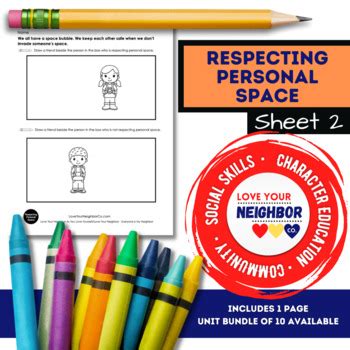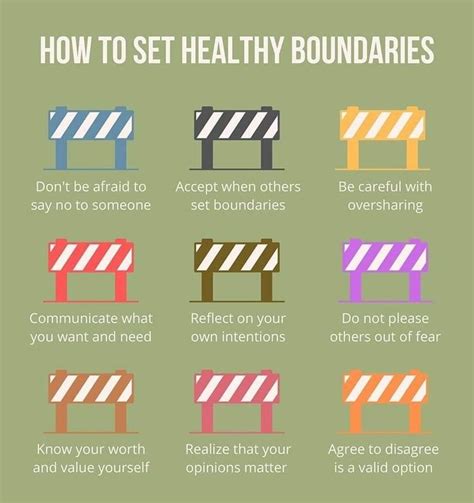The Foundation of a Strong Partnership: Why Boundaries Matter
Healthy boundaries are not about building walls; they’re about creating a framework of respect and understanding within your relationship. They define what you’re comfortable with and what you need to feel safe, valued, and authentic. Without clear boundaries, resentment can build, leading to misunderstandings, conflict, and a gradual erosion of trust. Setting these limits ensures that both partners can maintain their individuality while growing together.

1. Understand Your Own Needs and Limits First
Before you can articulate your boundaries to your partner, you need to understand them yourself. Take time for self-reflection. What makes you feel overwhelmed, drained, or disrespected? Consider different areas of your life:
- Emotional Boundaries: How much emotional support can you realistically offer? What topics are off-limits for now?
- Physical Boundaries: What are your comfort levels with touch, personal space, and physical intimacy?
- Time Boundaries: How much alone time do you need? How much time do you want to dedicate to hobbies, friends, or family outside the relationship?
- Financial Boundaries: How do you want to manage shared finances versus individual spending?
- Digital Boundaries: What are your expectations around phone usage, social media, and privacy of personal devices?
Identifying these areas clearly will empower you to communicate them effectively.

2. Communicate Openly, Clearly, and Respectfully
Once you know what your boundaries are, the next crucial step is to communicate them. Choose a calm, private moment when both of you are relaxed and can give each other full attention. Avoid bringing up boundaries during an argument.
- Use “I” Statements: Frame your needs from your perspective. Instead of “You always invade my space,” try “I feel overwhelmed when I don’t have enough personal time to recharge.”
- Be Specific: Vague statements are easily misinterpreted. Instead of “I need more space,” say “I would appreciate it if we could each have an hour of uninterrupted solo time when we get home from work.”
- Explain the “Why”: Briefly explain the reason behind your boundary. “I need some quiet time in the mornings to focus on my writing, which helps me feel more productive and happier throughout the day.”
- Listen Actively: Boundaries are a two-way street. After you’ve shared yours, invite your partner to share their thoughts, feelings, and needs. Be prepared for discussion and potential compromise.

3. Start Small and Be Patient
You don’t need to overhaul your entire relationship dynamic overnight. Begin with one or two boundaries that feel most pressing or easiest to implement. Change takes time, and your partner will need time to adjust to new expectations, just as you might need time to get used to enforcing them. Be patient with both yourself and your partner.
There might be moments where boundaries are tested or accidentally crossed. When this happens, address it calmly and gently. Reiterate your boundary without accusation: “Remember, I mentioned I need to finish this task before we chat. Can we reconnect in 20 minutes?”
4. Respect Your Partner’s Boundaries Too
A healthy relationship thrives on mutual respect. Just as you expect your boundaries to be honored, you must also respect those of your partner. Pay attention to their verbal and non-verbal cues. If they express a need for space, alone time, or a particular way of handling something, take it seriously and make an effort to accommodate it. This reciprocal respect builds trust and reinforces the idea that boundaries are beneficial for both individuals and the relationship as a whole.

5. Reinforce and Revisit Boundaries Over Time
Boundaries aren’t set once and forgotten. As individuals and relationships evolve, so too might your needs and limits. Regularly check in with each other about how the established boundaries are working. Are they still serving both of you? Do any need to be adjusted, added, or removed?
If a boundary is consistently crossed, it might indicate a deeper issue that needs to be explored. Approach these conversations with empathy and a shared goal of strengthening your bond. Consistency in reinforcing boundaries, combined with open dialogue, is key to their effectiveness.

Conclusion: Building a Relationship on Respect and Trust
Setting healthy boundaries is an ongoing process that requires courage, clear communication, and mutual respect. It’s an investment in your well-being and the strength of your relationship. By defining your personal space, emotional needs, and expectations, you create an environment where both partners feel secure, understood, and free to be their authentic selves. This foundation of respect and trust ultimately leads to a more fulfilling, sustainable, and joyful partnership.



